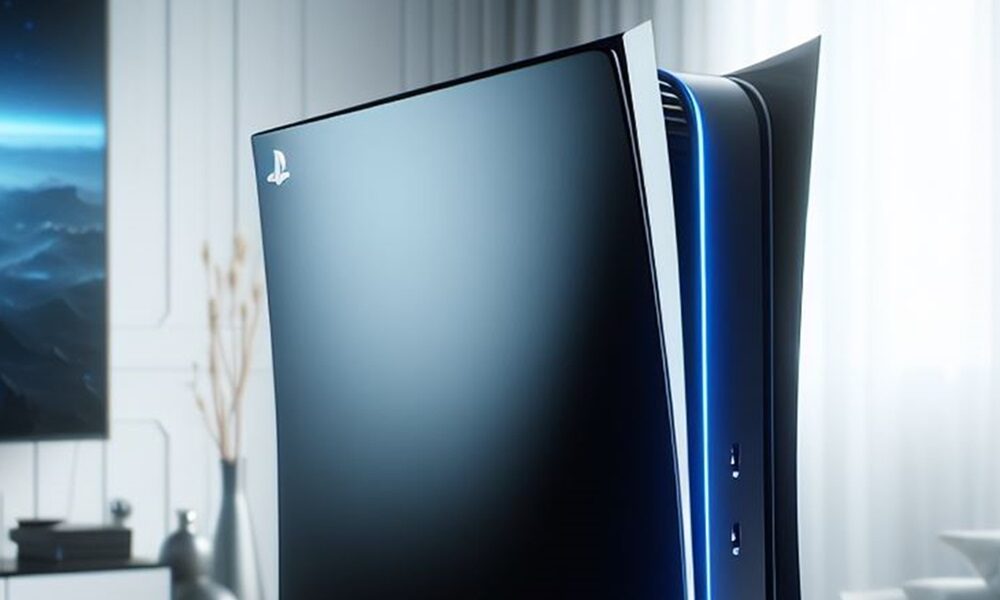We’ve been seeing some interesting rumors about Sony’s next console for a few weeks now, and today, in order to sort things out among so much information, I’m going to share with you PS5 vs PS5 Pro comparison where we will not only see their specifications, but also talk about the power and performance of each console, the technologies they integrate and other important topics such as selling price and life cycle.
To make it easier for you to read and understand this article, I will introduce a division into different points and in each of them I will touch on very specific topics in a direct and clear way, without detours and explanations information that is really important. As always, if you have any questions, feel free to leave them in the comments and I’ll help you out.
What is the PS5 Pro and how does it stack up against the PS5

This is Sony’s intergenerational refresh, which means that the PS5 Pro is not a successor to the PS5, but rather an evolution of it, and that the two consoles will co-exist on the market for several years. The first will be a premium console that will be above the PS5, and thus It will be more powerful and also more expensive.
Sony will have two consoles on the market, as it was then with the PS4 and PS4 Pro, and the situation will be exactly the same. The PS5 will be positioned as a more economical console and PS5 Pro will be a premium alternative it can run games at higher resolutions using higher quality settings and will also support more advanced technologies.
PS5 Pro vs PS5: A look at the hardware
The PS5 Pro will be a more powerful and advanced console, but to better understand the differences between it and the PS5, it is necessary to put the specifications of both face to face and proceed a comparative analysis highlighting their differences more important, as well as those that, although less pronounced, may have some impact on performance.
PS5 Pro specs

- AMD APUs built on TSMC’s 4nm node.
- CPU and GPU integrated in the same package.
- Custom Zen 2 processor with 8 cores at 3.85 GHz and 8 MB L2 cache. It can handle 16 wires thanks to SMT technology.
- Custom RDNA 3 GPU with RDNA 4 features, 3,840 shaders, 240 texture units, 96 raster units, 60 second-generation cores for ray tracing acceleration, and a working speed of 2.2 GHz.
- 33.7 TFLOPs performance in FP32.
- 16 GB GDDR6 18 GHz memory on a 256-bit bus (bandwidth 576 GB/s).
- 2 GB of DDR5 memory for applications and system.
- High-performance SSD disk with a capacity of 1 TB. Its speed hasn’t been specified yet, but it should be at least as fast as the PS5 SSD (at least 5.5GB/s).
- New improved sound chip with 35% more power than PS5 version.
We’ve seen rumors that the PS5 Pro could use an RDNA 4 GPU, which we can’t completely rule out, but which honestly seems unlikely to me. It is most likely that this console uses a graphics core based on the RDNA 3 architecture, but that it is customized and that expect some features exclusive to RDNA 4.
PS5 specs
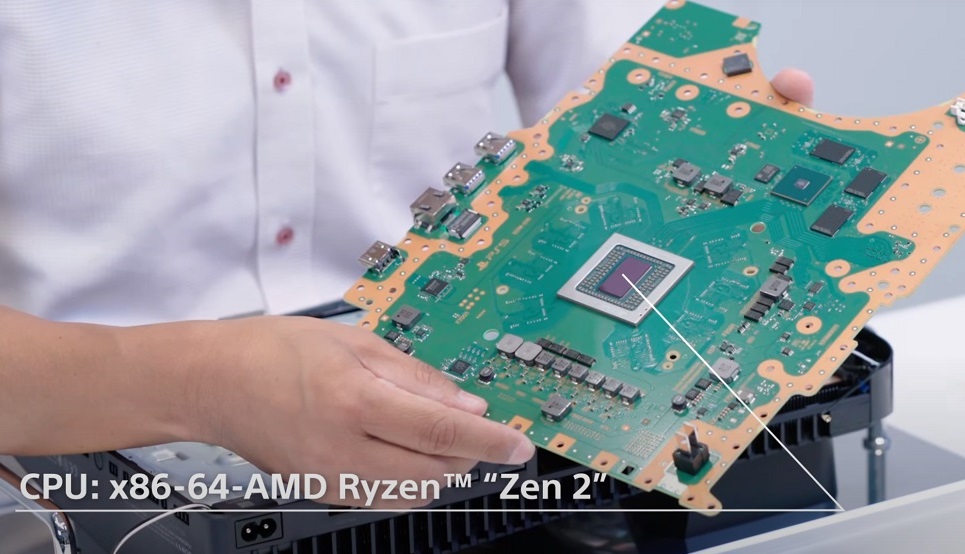
- AMD APUs built on TSMC’s 6nm node.
- CPU and GPU integrated in the same package.
- Own Zen 2 processor with 8 cores at 3.5 GHz and 8 MB L2 cache. It can handle 16 wires thanks to SMT technology.
- An RDNA GPU that lacks some features of RDNA 2 and was therefore considered “RDNA 1.5.” It has 2,304 shaders, 144 texture units, 64 raster units, 36 first-generation cores for ray tracing acceleration, and reaches a maximum speed of 2.23 GHz.
- 10.3 TFLOPs performance in FP32.
- 16 GB GDDR6 14 GHz memory with 256-bit bus (448 GB/s bandwidth).
- 825 GB SSD with a speed of 5.5 GB/s. The PS5 Slim has a 1TB SSD.
- High performance 3D sound chip.
The original PS5 it uses an AMD APU built on a 7nm node from TSMC, but later models made the jump to a new APU made in TSMC’s 6nm node, which is also retained in the PS5 Slim. This console does not have additional DDR5 memory to reduce the consumption of unified memory by the system and applications, and Microsoft itself confirmed that it does not fully support the features of the RDNA 2 architecture.
Key differences between PS5 Pro and PS5
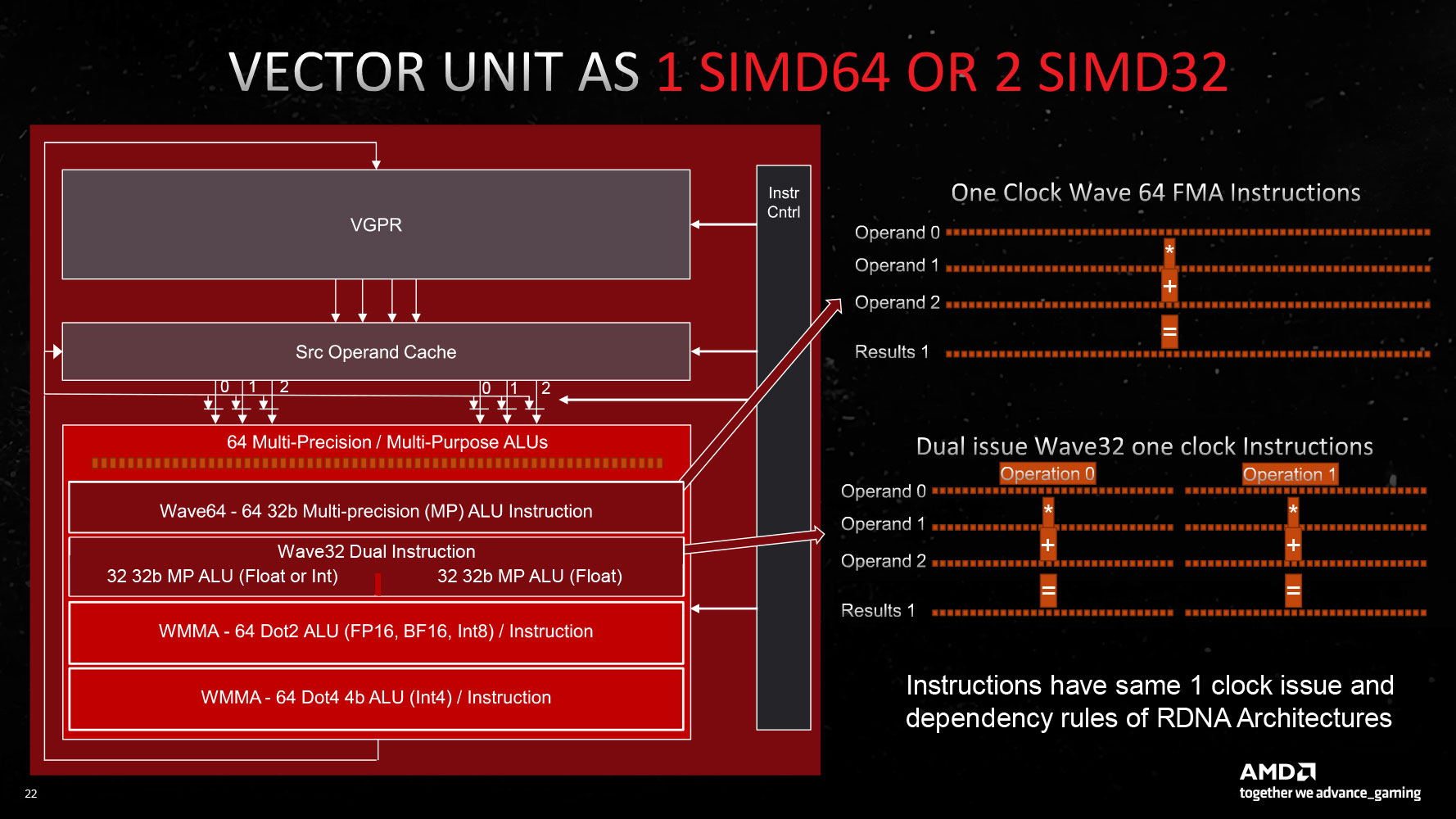
Previous lists allow us to be more specific very clear summaryand the very simple differences that exist between one console and another:
- The PS5 Pro uses the same CPU architecture and has the same number of cores, but runs on 325 MHz more per corewhich will result in less performance improvement.
- Your GPU uses an excellent architecture, which means that will support more advanced technologies and that it will be able to work better with demanding settings including ray tracing.
- The PS5 Pro will have an additional DDR5 memory block for the operating system and applications, freeing up unified memory for use in games. The PS5 has 12.5GB of free space and the PS5 Pro will have 13.7GB of free space.
- Single memory PS5 Pro will offer more bandwidth, which can help improve game performance. When moving to a more powerful GPU, it is essential to improve the available bandwidth so that it can reach its full potential.
- PS5 Pro can have faster SSDand it will have a much more powerful sound chip.
Supported technologies, raw power and performance
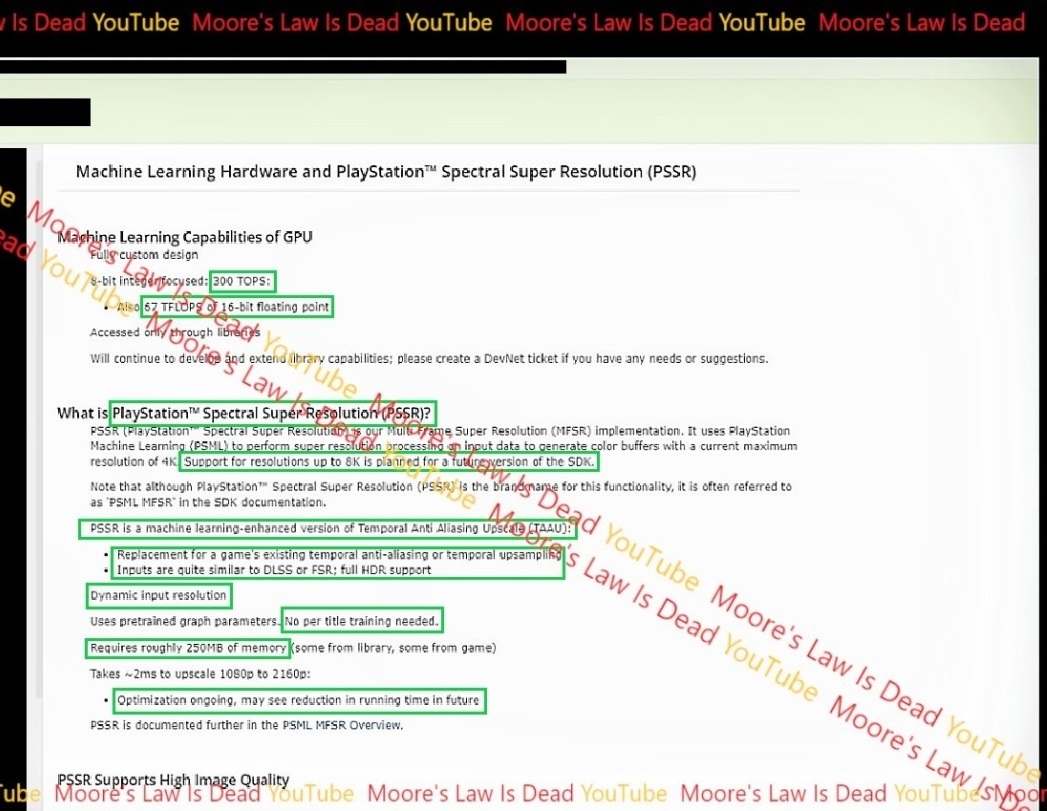
Going by the numbers we have on paper, it looks like the PS5 Pro will be much more powerful than the PS5. The 33.7 TFLOPs of the former in FP32 triples the 10.3 TFLOPs of the latter, but we have to be careful with these figures because they are “inflated” thanks to the RDNA 3 architecture can work with two Wave32 instructions or with a Wave64 instruction that doubles the theoretical raw performance.
These dual-emission shaders are the key to the huge jump in TFLOPs we see between one console and the next, but Without them, the raw performance would be a total of 16.85 TFLOPs, which is a number that much better matches the difference in shaders that will exist between the PS5 Pro and PS5 GPUs, as we would be left with 6 TFLOPs. With this in mind, it is easier to understand that the difference in performance between the two consoles will only be 45% in rasterization.
As for the supported technologies, this is where we will see one of the most important differences between the two consoles. PS5 supports AMD FSR 2, an image scaling technology that was used in several games that allowed the console to do things like upscaling from 720p and even lower resolutions to 1440p or even 2160p. Upscaling has been essential for the PS5 to maintain good performance in demanding games, and the PS5 Pro will be no exception.
However, in the case of the PS5 Pro, we will have an important innovation thanks to the PlayStation Spectral Super Resolution technology Scaling and image reconstruction using artificial intelligence which will rely on the specific hardware integrated into the console. This technology will be able to upscale from 1080p to 2160p while maintaining high image quality and promises very low resource consumption.

According to the latest leaks, it will be able to complete the rebuilding and scaling process in 2 milliseconds, namely takes up only 250 MB of memory as a buffer for its operations and calculations, which means that it will have a minimal impact on the memory level and that its use will not mean significant sacrifices in this regard.
PS5 can be used FSR 2 and dynamic resolution at the same time for games that are extremely demanding and the same will happen with the PS5 Pro. This console will be able to combine PlayStation Spectral Resolution with Dynamic Resolution when needed to maintain a good level of performance and will also support HDR.
Thanks to PlayStation Spectral Resolution technology, the PS5 Pro console can handle this offers a smooth experience in games with 4K resolution (altered of course). It’s expected to have no problems pushing that resolution and maintaining 60 FPS, while the PS5 will remain a console that will run more comfortably at lower resolutions such as 1080p and 1440p. I already told you then that this is not a 4K console.
In ray tracing, the difference between the two consoles will be even greater, thanks to the improvements brought by the RDNA 3 architecture and the possible use of exclusive features and innovations of the RDNA 4 architecture. The rumors do not exactly match, but pulling common sense, I think we could see an improvement between 200% and 300%. performance with ray tracing. I know these are spectacular numbers, but keep your expectations in check as these percentage improvements are for a console that has the performance terribly bad with ray tracing.
PS5 Pro vs PS5 performance and performance summary
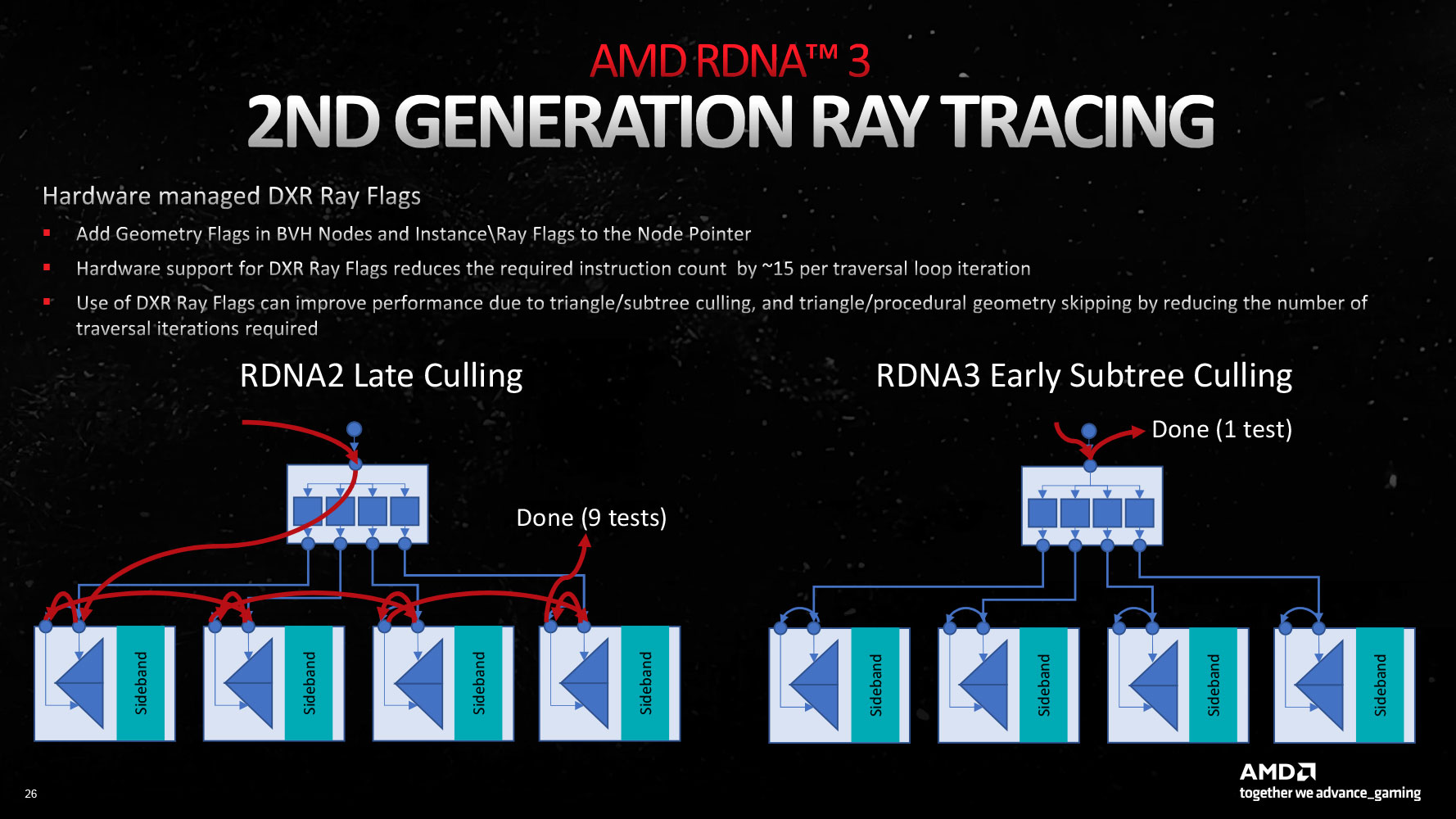
- PS5 Pro will have 45% more rasterization.
- Your CPU will be 10% faster.
- You will have 1.2 GB more unified memory free for games.
- Its unified memory will have 128 GB/s more bandwidth.
- It will perform 200% to 300% better when raytracing.
- It will use AI-powered upscaling to improve performance and image quality.
- Thanks to Wave32’s dual-radiation shaders, it will perform at 33.7 TFLOPs in FP32 compared to the PS5’s 10.3 TFLOPs.
Lifecycle, possible release date and price

When the PS5 Pro launches, it’s very likely that the PS5 completes four years on the market. The life cycle of a console is usually between 8 and 10 years, so both will still have four to six years of life ahead of them. We shouldn’t expect the PS5 Pro to have a much longer life cycle than the PS5, especially given the precedent of the PS4 Pro dying at the same time as the PS4.
I want to make this clear for you to consider when purchasing a PS5 Pro. In the end, you are going to get a more powerful console, which will mean an interesting renovation, but Its life cycle will be shorter than PS5, and therefore may not be as profitable an investment as this one. Nor should we think that it will be treated differently when the PS6 arrives, since this console will have nothing in common with the PS5 Pro, either in terms of performance or architecture.
The PS5 Pro release date is still set for some time end of this yearwill automatically enhance PS5 games and developers will be able to implement deeper enhancements to achieve “PS5 Pro Enhanced” certification, i.e. “enhanced for PS5 Pro”.
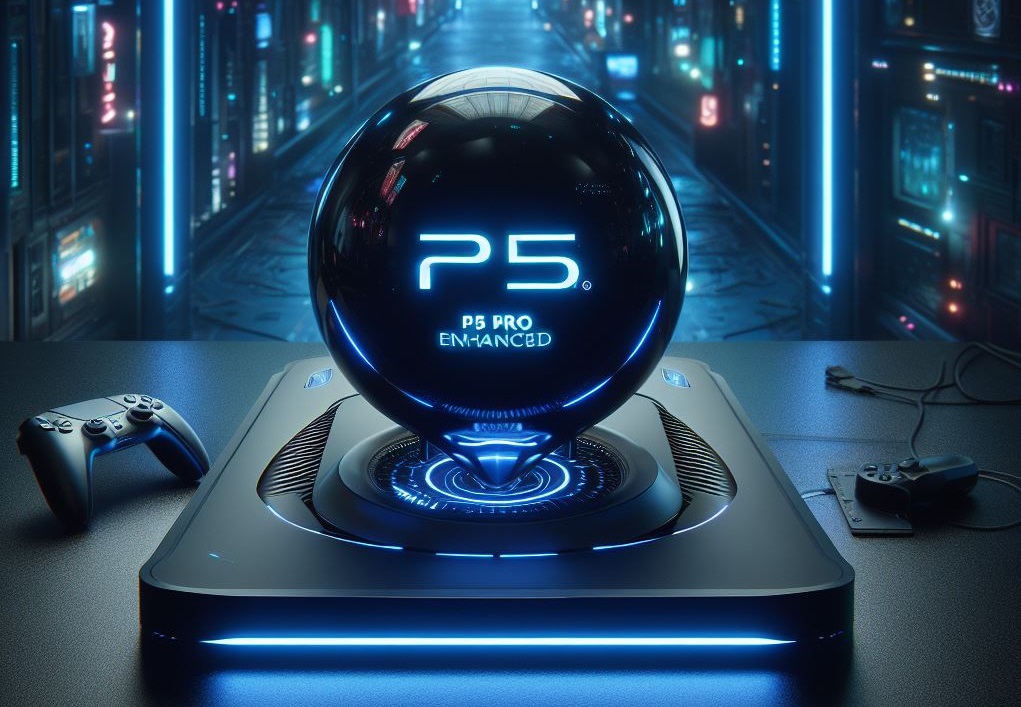
AI generated image.
There will be no exclusive games for this console, meaning that developers who want to release a game on PS5 will also need to support PS5 Pro and vice versa. Basically, it will be the same as what happened with the PS4 and PS4 Pro and what we see with the Xbox Series X and Series S.
We’re in the final part of this article and it’s a good time to think about how much the PS5 Pro will cost. Nothing official yet, but the latest rumors suggest that Its price will be between 600 and 700 USD. Ideally, this console would hit the same price point as the PS5 and drop between $100 and $150. This is exactly what happened with the arrival of the PS4 Pro, but the current situation is not the same and we should not expect it to happen again.
I think the most sensible thing for Sony would be to launch the PS5 Pro price of $600 and lower price of PS5 at $449. This would allow Sony to position its new console as a premium alternative at a reasonable price, leaving the PS5 in a very competitive position as a cheaper option that could make it even more difficult for the Xbox Series X. If Sony decides to launch the PS5 Pro at $700, it wouldn’t have to lower the price of the PS5but this could cause rejection among consumers.
AI generated cover image.







